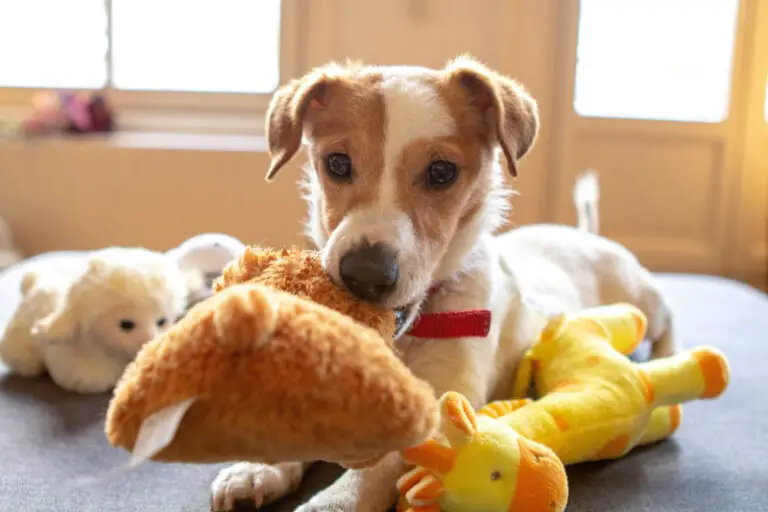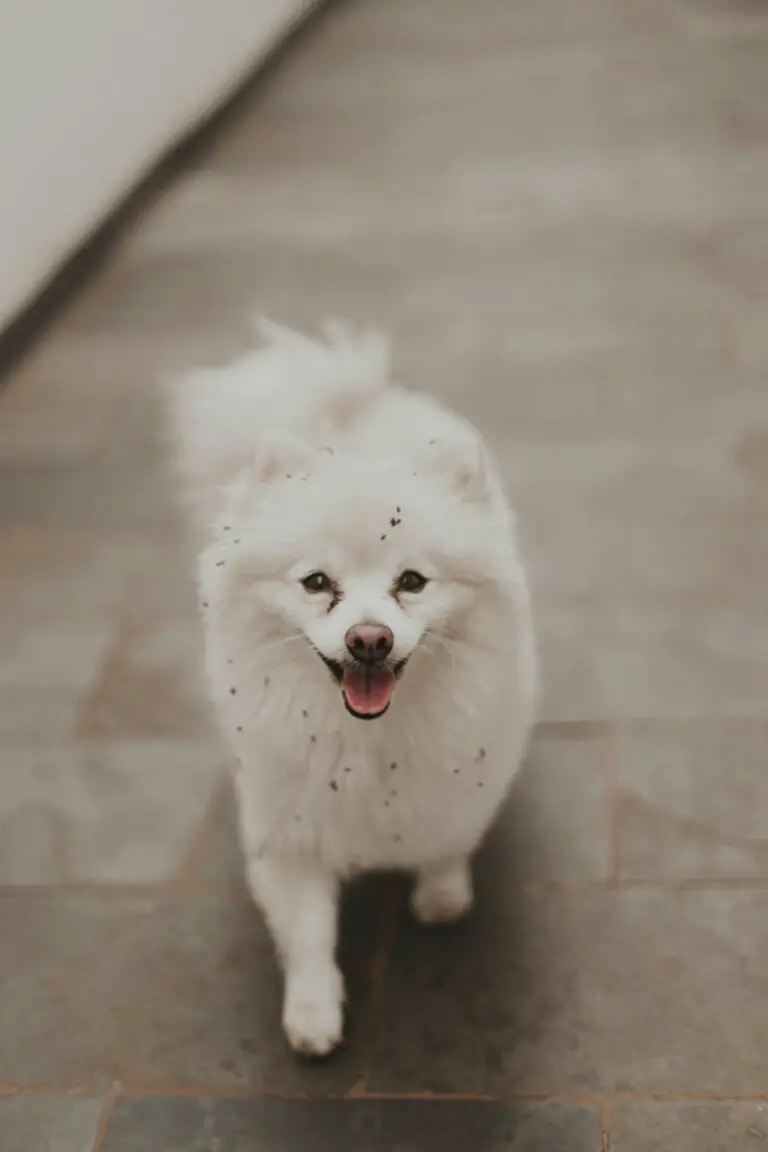Boxers are a breed well-known for their exuberance, muscular physique, and affectionate nature. Originating from Germany, Boxers have evolved as a highly sought-after breed in America for their loyalty and playfulness. Their striking physical characteristics, including a robust body, distinctive square muzzle, and a pair of alert, dark brown eyes reflect a demeanor always ready for action. Coupled with their playful and good-natured temperament, this breed stands as a bold symbol of courage, agility, and alertness. Nurturing these innate qualities requires effective training to mold them into well-behaved and obedient pets.
Training plays an integral role in your Boxer’s life. It marks the difference between a well-adjusted, happy, and obedient pet and one that is out of control. Effective Boxer Dog Training is as much central to your pet’s behavior management as it is to the bonding experience between owner and pet. Through various training stages – all the way from boxer puppy training to training an adult boxer, you’re not just teaching commands; you’re promoting safety, instilling discipline, and building trust. A well-trained Boxer is less likely to run into danger, thus increasing their safety and your peace of mind.
This comprehensive guide aims to cover the A-Z of Boxer Dog Training, adopting a holistic approach that ensures well-rounded development. Whether you’re a first-time Boxer owner or a veteran finding areas of improvement in your current training regimen, this guide caters to your needs and delivers insights to enable a harmonious and enriching coexistence between you and your furry companion. Balancing boxer breed training with the right measure of discipline, commands, techniques, and tricks, this guide serves as a valuable resource on your dog-training journey.

Table of Contents
Understanding Boxer Behavior
In order to accomplish fruitful Boxer Breed Training, it’s vital to delve into the unique behaviors and traits of Boxer dogs. This breed is characterized by high energy levels, a playful yet stubborn demeanor, and a strong pack mentality.
Innate Boxer traits
Energy level and exercise needs
Boxers are renowned for their dynamic personalities and boundless energy levels. As descendants of working dogs, they possess a natural drive for activity. To channel their energy productively, a strict Boxer Exercise Routine is crucial. This active breed requires significant physical stimulation, including daily walks, runs, and playtime. Neglecting their exercise needs could result in destructive behavior as a sign of pent up energy.
Playfulness and stubbornness
Delving deeper into Boxer Dog Behavior, two traits distinctly stand out – playfulness and stubbornness. Known as the “Peter Pan” of the dog world, Boxers retain their puppy-like demeanor throughout their lives. They’re lively, fun-loving, and thrive on games and interactive activities. Couple this playfulness with a certain level of stubbornness – and you’ve got a pet that’s all set to test your patience. However, this stubbornness can be mitigated with consistent, patient, and positive training methods.
Pack mentality and separation anxiety
Boxers are incredibly social creatures. Their protective instincts and pack mentality make them innately predisposed towards family bonding. Although this social nature results in a loyal and affectionate pet, it can also lead to separation anxiety. Leaving your Boxer alone for extended periods may result in unusual behaviors such as excessive barking, destructive chewing, or even escape attempts.
Boxer’s learning style
Intelligence and curiosity
On the intelligence scale, Boxers rank quite high. They’re intuitive, curious by nature, and always eager to explore their surroundings. This innate intelligence, paired with a healthy dose of curiosity, makes them quick to pick up on Boxer Dog Commands and other facets of training, provided they’re engaged in a manner that captivates their attention.
Sensitivity to harsh treatment
A less known aspect of the Boxer’s personality is their sensitivity, particularly towards harsh treatment. Negative reinforcement techniques or punishment can cause them to retreat, respond poorly, or result in averse behavior. Therefore, the strongest pillar of Boxer Obedience Training lies in positive reinforcement and patient, gentle handling.
Reward-based motivation
As with many dog breeds, Boxers respond best to reward-based motivation. Whether it’s their favorite treat, an extra-long play session, or simply verbal praise and petting, rewards play a critical role in Boxer Training Techniques. Tapping into what motivates your Boxer most will significantly improve their learning capability, and makes training sessions a positive experience.

Common Boxer behavioral issues
Mouthing and biting
In the world of Boxer Puppy Training, a common challenge that owners face is excessive mouthing and biting. This behavior often stems from the breed’s natural instinct to use their mouth as a means of exploration and play. Regular training, coupled with suitable toys for them to chew on, can help curb this behavior.
Jumping up on people
Boxers, having an affable and sociable nature, are often overly enthusiastic to greet their human friends, resulting in them jumping up on people. While this may seem amusing when they are a puppy, as they grow into their sturdy adult bodies, it can become problematic and even dangerous for children or elderly family members. Consistent training from an early age is essential to keep their enthusiasm under control and teach them calmer ways of expressing their affection.
Essential Boxer Training Techniques
No matter your boxer’s age, from puppy to adult, employing the right Boxer Training Techniques can take your furry friend from unruly to obedient. Remember, Boxers have a strong drive to please their owners and once you channel this drive through appropriate training methods, you’d witness a beautiful transformation.
Establishing Leadership
Importance of Consistency
Key to successful Boxer Dog Training is establishing clear and consistent leadership. Boxers, given their playful yet stubborn nature, need to understand who’s in charge. This doesn’t mean employing a harsh or dominating attitude. Instead, consistency in your commands, rules, and your reactions to their behavior creates a stable environment where your Boxer can thrive. This involves being consistent in reinforcing good behavior, dissuading bad habits, and maintaining a regular schedule for feeding, walks, and playtime.
Using Positive Reinforcement
Just as our previous section highlighted, Power of Positive Reinforcement stands unparalleled in Boxer Breed Training. Treats, praise, or their favorite toy can serve as effective rewards. The positive reinforcement technique reinforces good behavior and encourages your Boxer to repeat it. Every time your Boxer obeys a command or shows good behavior, immediately reward them. This association of pleasure with obedience gradually molds their behavior.
Avoidance of Physical Punishment
Physical punishment does more harm than good and is undoubtedly an absolute no-no in Boxer Dog Discipline. Given their sensitivity, hitting or shouting can make them anxious, fearful, or even aggressive. Instead, if they err, replace reprimanding with correcting. Show them what the right behavior is and reward them when they follow it. This method prevents potential behavioral issues and strengthens your bond with your pet.
Teaching Basic Commands with A-Z of Boxer Dog Training
Sit, Stay, and Heel
Begin with the basics like ‘sit’, ‘stay’, and ‘heel’. These commands form the cornerstone of any training regimen and are especially crucial in Boxer Dog Obedience Training. Always start each training session with these commands, and gradually increase the level of distraction to ensure they respond with consistency. Remember to follow each successful response with a reward, solidifying their association of these commands with positive outcomes.
Come When Called
‘Come when called’ is a non-negotiable command for Boxer Dog Training. It is pivotal for their safety, ensuring you can recall them from potentially dangerous situations. Start training them in a secure, distraction-free environment. Gradually introduce distractions and increase the distance between you and your Boxer to cement this command in their training.
Leash Training
Given their strong, muscular build, Boxer Leash Training is essential to ensure safe and pleasant walks. Start this as early as the puppy stage to allow them to get used to the sensation of a collar and leash. Keep the leash loose and every time they pull, stop in your tracks. Only resume the walk when they calm down. This technique teaches them that pulling will get them nowhere and promotes good leash manners.
Socialization Techniques
Introduction to Other Dogs
Boxer Dog Socialization is a critical aspect of their developmental process. Introducing your Boxer to other dogs helps improve their behavior, reduce anxiety, and promotes well-rounded development. Remember, initial interactions should always be monitored and conducted in a controlled environment to ensure safety.
Exposure to Different Environments
Gradually exposing your Boxers to different environments, people, and noises can be remarkably beneficial in shaping their behavior. This exposure helps them deal with new situations calmly and confidently. From traversing busy city streets to exploring the countryside or visiting a bustling dog park, diverse experiences contribute significantly to your Boxer’s well-being.
Advanced Boxer Training Strategies
Once you’ve established a foundation of basic obedience in your Boxer, it’s time to graduate to advanced training strategies. From managing behavioral issues to keeping their mind stimulated, these techniques refine the manners and attributes that define your Boxer’s personality.
Tackling Behavioral Issues
Crate Training for Separation Anxiety
As discussed earlier, Boxers can suffer from separation anxiety owing to their inherent social nature. Crate training plays a pivotal role in managing this issue. A crate serves as a safe, comfortable space for your Boxer where they can retreat when feeling anxious. However, it should never be used as a place for punishment. Slowly familiarizing them with their crate – initially for small periods, then gradually extending the duration, can alleviate their distress during your absence.
Discouraging Biting and Mouthing
In the initial days of your Boxer Puppy Training, it’s not uncommon to face issues of mouthing and biting. Remember, your puppy is not acting out of aggression; they’re exploring their world through their mouth. Promptly diverting this behavior towards their chew toys when they start to mouth or bite teaches them what’s acceptable to chew on and what’s not. Regular practice coupled with plenty of reward and recognition for desirable behavior helps in mitigating this issue.
Managing Excessive Jumping
Boxers excitedly greeting anyone who comes home by jumping on them can quickly turn from charming to troublesome. A useful method to check this behavior is by turning away and ignoring them whenever they jump. Conversely, when they have all four paws on the ground, shower them with attention. This makes it clear that they get attention only when they are calm and grounded.
Stimulating the Boxer’s Mind with Boxer Dog Training

Interactive Games and Toys
Boxers, with their lively disposition, need both physical and mental stimulation. Interactive games and toys make the perfect outlets for training Boxer dogs and keeping them engaged. This can include anything from puzzle toys that dispense treats to fetch games that work on their chase and retrieve instincts.
Agility and Obedience Training
Boxer Obedience Training takes a leap forward with agility training exercises. This includes a range of activities that combine command and obedience work with physical exercise. It’s not just fun for your pooch, but it also enhances their alertness and responsiveness to commands.
Advanced Commands and Tricks
Training isn’t all serious work! Adding a few Boxer Dog Tricks to their training regimen can be entertaining, and it adds another level to their obedience training. From ‘shake hands’ to ‘play-dead’, teaching tricks enhances your bond with your Boxer and keeps their mind sharp and engaged.
Continuing Long Term Training
Adapting as your Boxer Ages
As your Boxer transitions from adolescence to adulthood, their energy levels may start to wane but that shouldn’t signal the end of training. Adapting training methods and routines according to their age is important to maintain the discipline and behaviors they’ve learned over the years. This is a vital aspect of training an adult Boxer.
Dealing with Potential Health Issues
Just like any dog breed, Boxers also face age-related health issues that may affect their demeanor and training capability. Regular vet checks, a balanced diet, and a healthy exercise routine play a crucial role in enhancing your Boxer’s quality of life in their later years and maintaining their trained behavior.
Empowering your Boxer Through Effective Training
This comprehensive guide underlining your initial journey to adopting, understanding, and growing with your Boxer must have reinforced the significance of consistent and positive Boxer Dog Training. Embarking on this journey requires an innate understanding of your Boxer’s behavior, establishing leadership, and employing a mix of basic and advanced techniques to guide your furry friend towards becoming a disciplined and affectionate member of your family.
Reflecting on Boxer Dog Behavior, it’s evident that these energetic, affectionate, yet stubborn dogs need consistent training to express their best traits and foster a healthy, happy lifestyle. Understanding Boxer’s behavior is the first step, allowing you to tune your training to benefit the unique temperament and personality your pet. Furthermore, establishing solid, positive leadership is necessary to guide their behavior and develop obedience throughout their lifespan.
Fostering positive behavior in your Boxer through rewards, while gently discouraging undesirable habits, marks the cornerstone of effective Boxer Breed Training. Moreover, in-depth knowledge of advanced techniques related to crate and leash training, managing potential behavioral issues, and continuing long-term training as your Boxer ages, creates a deep-rooted understanding of the importance of comprehensive Boxer Breed Training.
One thing crucial to remember in this training journey is that patience and persistence are your greatest allies. Your four-legged friend might take longer to learn some commands or habits, while others they might pick up swiftly. In these moments of difficulty, your patience will create a safe environment for them to learn and grow. Regularly recognizing their progress and celebrating their mini-victories throughout the training process can do wonders for your Boxer’s confidence and your relationship with them.
To sum it up, owing to their hardworking and eager-to-please nature, Boxers make for an exciting and rewarding training experience. With the right balance of patience, understanding, discipline, and love, Boxer Dog Training can be a fulfilling journey, sculpting a happy, well-adjusted, and obedient Boxer that is every owner’s delight.




